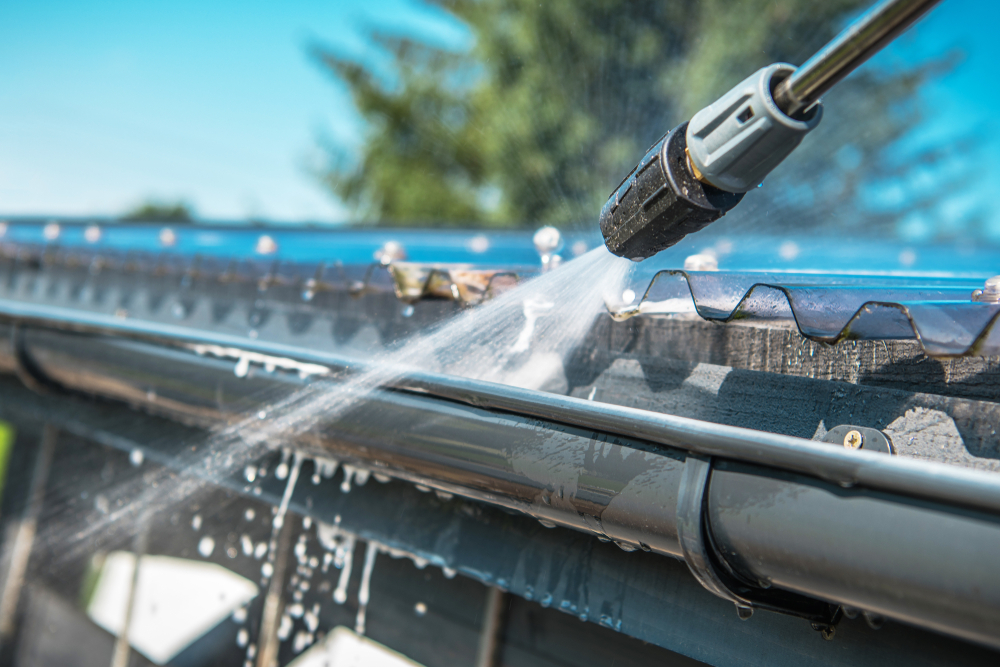At the mention of asbestos, most people think of it as a problem for construction workers or adults who have been exposed to it in the workplace. However, the truth is that asbestos exposure can affect children as well. In this article, we’ll discuss the effects of asbestos on children, how they are exposed to it, and what parents can do to protect their children.
What is Asbestos?
Asbestos is a naturally occurring mineral that was once used widely in building materials due to its fire-resistant and insulating properties. However, asbestos has been linked to a number of health problems, including lung cancer, mesothelioma, and asbestosis. When asbestos fibers are inhaled, they can become lodged in the lungs, where they can cause damage over time.
How are Children Exposed to Asbestos?
Children can be exposed to asbestos in a number of ways. One common way is through the air. Asbestos fibers can become airborne when asbestos-containing materials are disturbed, such as during renovation or demolition of a building that contains asbestos. Children can also be exposed to asbestos through contaminated soil or water. Asbestos can be found in some products such as crayons, toy makeup, and certain types of pottery.
The Effects of Asbestos on Children
Children who are exposed to asbestos can develop the same health problems as adults who have been exposed to it. However, children may be more susceptible to the effects of asbestos due to their smaller size and developing bodies. The most common health problem associated with asbestos exposure is mesothelioma, a type of cancer that affects the lining of the lungs, chest, and abdomen. Other health problems that can result from asbestos exposure include lung cancer, asbestosis, and pleural thickening.
What Can Parents Do to Protect Their Children?
Parents can take a number of steps to protect their children from asbestos exposure. The first step is to be aware of the potential sources of asbestos in their home and community. If you suspect that your home may contain asbestos, contact a professional asbestos removal company to have it tested and, if necessary, removed. If your child’s school or daycare facility is located in an older building, ask if asbestos testing has been conducted and what measures have been taken to ensure that children are not exposed to asbestos.
Another way to protect children from asbestos exposure is to ensure that they are not exposed to contaminated soil or water. If you live near a site where asbestos was once mined or processed, it’s important to test your soil and water for asbestos contamination. You can also contact your local health department to find out if there are any known sources of asbestos contamination in your area.
Finally, parents should be aware of the potential for asbestos exposure in toys and other children’s products. While the use of asbestos in these products is now banned in many countries, it is still legal in some. Check the labels of toys and other children’s products to ensure that they are asbestos-free.
Conclusion
Asbestos exposure can have serious health consequences for both children and adults. Children are particularly vulnerable to the effects of asbestos due to their developing bodies. Parents can take steps to protect their children from asbestos exposure by being aware of potential sources of asbestos in their home and community, testing their soil and water for contamination, and ensuring that their children’s toys and other products are asbestos-free. By taking these steps, parents can help to ensure that their children stay healthy and safe.




